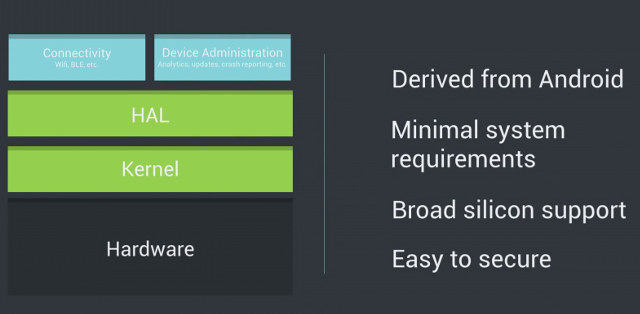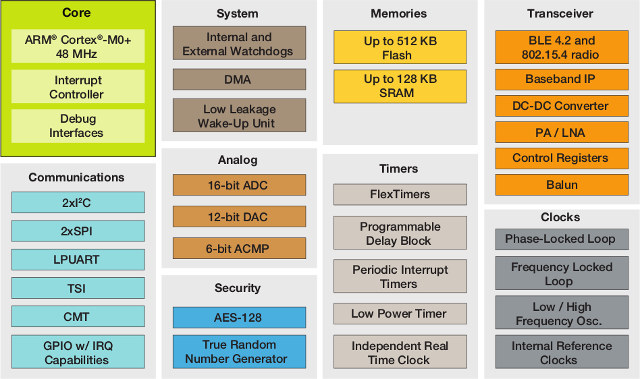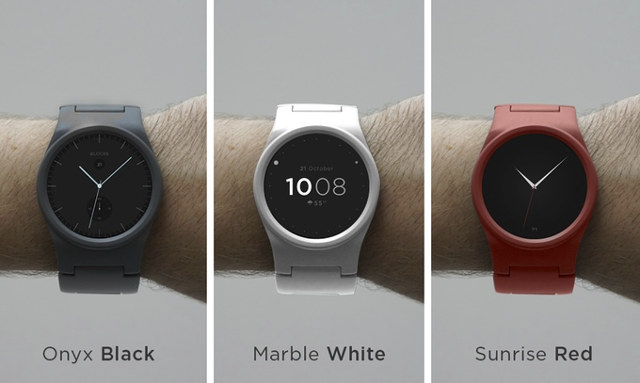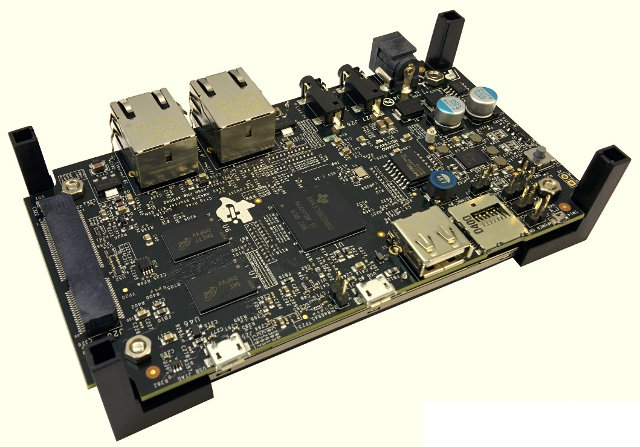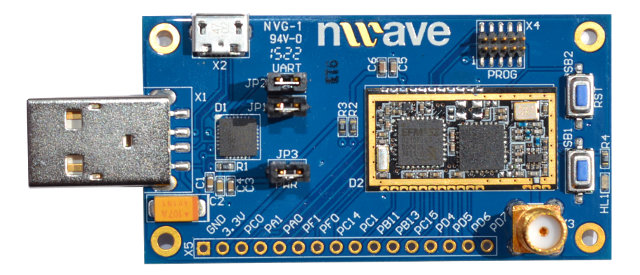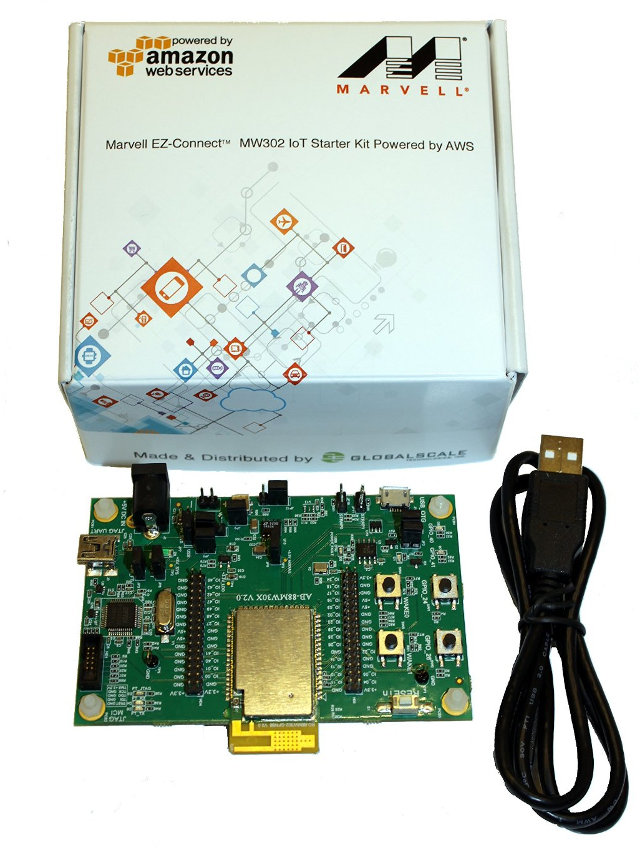After Google Brillo operating system was officially launched last week, another company has announced free operating systems for IoT. What’s peculiar is that the company is Wind River a vendor of commercial operating systems whose typical business model is to sell licenses for their operating systems and fees for their development services. Nevertheless, the company has now introduced Wind River Rocket real-time operating system, and Wind River Pulsar Linux operating system. Both OSes will interface with the company’s Helix Cloud software-as-a-service (SaaS) products, which is probably how the company intends to monetize their work, on top of customization services. Wind River Helix App Cloud is currently made of three products: Helix App Cloud cloud-based development environment for building IoT applications Helix Lab Cloud cloud-based virtual hardware lab for simulating and testing IoT devices and complex systems. Helix Device Cloud cloud-based platform for managing deployed IoT devices and their data. Some […]
Manifold mini PC Powered by Nvidia Tegra K1 Processor is Designed for Drones
DJI is known for their high-end drones such as Phantom 3 quadcopter, but the company has now launched Manifold mini PC powered by Nvidia Tegra K1 quad core Cortex A15 processor and running Ubuntu 14.04 in order to allow developers run their own applications performing complex computing tasks and advanced image processing “on the fly”. DJI Manifold specifications: SoC – Nvidia Tegra K1 quad core Cortex-A15 processor @ up to 2.2 GHz with 192-core Kepler GPU System Memory – 2GB DDR3L Storage – 16GB eMMC 4.51 flash, micro SD slot Video Output – mini HDMI port Audio I/O – mini HDMI, combo audio jack for microphone and headphone Connectivity – Gigabit Ethernet port USB – 2x USB 3.0 ports, 2x USB 2.0 host ports, 1x micro USB port (supports Force Recovery mode and Host mode) , and a non-standard USB 2.0 interface with the drone. Camera – Camera In and […]
Brillo Android based OS for IoT Projects Supports ARM, Intel and MIPS Platforms
You’d think there are already enough lightweight operating systems that could provide a good enough platform for IoT and embedded projects, but Google decided to make their own Brillo operating system for IoT, based on Android, most probably to leverage the existing Android tools, and make it easier for app developers to move to the Internet of Things space. Brillo ‘s hardware requirements are pretty low as the operating system can run on devices with 32MB of RAM, and 128MB of storage. Google will provide a complete ecosystem with an embedded OS, core services, and a developer kit with tools to build, test, and debug. Just like in Android, three architectures will be be officially supports, starting with the following hardware platforms: ARM – TechNexion Pico-i.MX6UL system-on-module based on Freescale i.MX6 UltraLite and Broadcom BCM4339 802.11ac + Bluetooth 4.0 wireless module, combined with PICO-DWARF baseboard. MIPS – Upcoming MIPS Creator […]
Freescale Kinetis KW41Z Wireless MCU Supports Bluetooth 4.2, Zigbee, and Thread
Freescale has unveiled a new wireless micro-controller part of their Kinetis MCU family with Kinetis KW41Z, based on an ARM Cortex M0+ core, and supporting both the latest Bluetooth 4.2 specifications, as well as a 802.15.4 radio allowing support for Zigbee and Thread. Kinetis KW41Z main features and specifications: ARM Cortex-M0+ core @ 48 MHz, with up to 512 KB Flash memory, up to 128 KB SRAM, and an integrated balun Multi Protocol Radio 2.4 GHz radio, Bluetooth Low Energy 4.2 compliant IEEE 802.15.4-2011 standard compliant radio Receiver Sensitivity (Typ.) – BLE: -96 dBm; 802.15.4: -102 dBm Programmable Transmitter Output Power up to +4 dBm I/Os – 2x I2C, 2x SPI, LPUART, TSI, CMT and GPIOs with interrupt capabilities Analog modules – 16-bit ADC, 12-bit DAC, 6-bit High Speed Analog Comparator (CMP) Security – AES-128 Accelerator (AESA), True Random Number Generator (TRNG) Operating Voltage Ranges Bypass Voltage: 1.71V to 3.6V […]
BLOCKS Modular Smartwatch Replaces the Watchband With Smart Modules (Crowdfunding)
While Project Ara aims to create a modular smartphone, the guys behind BLOCKS have designed a modular smartwatch with the Core (the main watch) and various hot swappable smart modules that clip together with a clasp make the watch band. BLOCKS’ Core specifications: SoC – Qualcomm Snapdragon 400 processor System Memory – 512 MB RAM Storage – 4GB flash (ePoP) Display – 1.36″ round display, resolution: 360 pixels diameter Connectivity – 802.11 b/g/n and Bluetooth 4.0 Sensors – Accelerometer / Gyro Audio – Microphone Misc – Power button, vibration motor IP Rating – IP67 (but target is IP68) Battery – 400 mAh battery; good for ~1.5 days on a charge Dimensions – TBD Weight – TBD So the Core module is already a standalone smartwatch on its own, and they do provide one without module, but just a simple strap. The watch runs a modified version of Android Lollipop, and […]
$249 TI AM437x Starter Kit for Industrial Design Launched by Element14
Element14 has recently launched their “Texas Instruments AM437x Starter Kit” based on Sitara AM4378 Cortex A9 processor, including a board and touch screen LCD, and targeting industrial, HMI (Human Machine Interface) and networking applications. Element14 Texas Instruments AM437x Starter Kit specifications: SoC – Texas Instruments Sitara AM4378 ARM Cortex A9 processor @ 1 GHz with PowerVR SGX530 GPU System Memory – 1GB DDR3L SDRAM (2x 4-Gb Micron chips). Storage – 64MB SPI NOR Flash (MX66L51235FMI), serial EEPROM with board specific data, 1x micro SD slot Display – 4.3″ Capacitive Touch LCD Connectivity – 2x 10/100/1000M Ethernet RJ45 ports (Micrel KSZ9031RN transceivers), support for COM8 form-factor wireless boards via J20 Samtec card edge connector. USB – 1x USB 2.0 host port, 2x micro USB ports Camera – 2x 12 header for custom-made camera module from TI Audio – TLV320AIC3106 audio codec, 2x audio jacks for headphone out, and Line In Sensors […]
Weightless Development Kits are Finally Available (Sort of)
The first version of the Weightless standard aiming at lowering cost of IoT communications was published in 2013, but so far development kits were nowhere to be found. Nwave has now launched a Weightless-N SDK using sub-GHz spectrum, but not the white space spectrum used by Weightless-W, probably due to regulatory hurdles. Specifications and features of Nwave development board: MCU – Silicon Labs EFM32G210F128 ARM Cortex M3 MCU @ 32 MHz with 128KB flash, 16KB SRAM Connectivity – RM3 radio module (868MHz) and antenna connector (X3) USB – X1 USB port for connection to PC or UART interface, X2 micro USB port Debugging – UART, and 10-pin JTAG connector (X4) Expansion header – 16 through holes for GND, 3.3V, GPIOs, ADC, Timers output, I2C, etc… (X5) Misc – Three Jumpers for UART and other selections (TBD), reset buttons for USB ports? Power – 5V via USB ? Dimensions – N/A […]
Marvell EZ-Connect MW302 IoT Starter Kit Supports AWS IoT Cloud Services
Amazon has just launched AWS (Amazon Web Services) IoT (Beta), a cloud platform that lets connected devices securely interact with cloud applications and other IoT devices. As pasrt of the announcement, they also released AWS IoT SDK that comes in three flavors: Embedded C SDK for C-based platforms such as Linux, RTOS, with variants for OpenSSL and mbed TLS. JavaScript SDK in Node.js Arduino Yún SDK. Ten started kits are currently officially supported by AWT IoT, many of them being existing platforms such as LinkIt One, BeagleBone Green, Intel Edison, or TI LaunchPad CC3200, with several of these kits including SeeedStudio’s Grove modules. One of the kits that’s completely new, at least to me, is Marvell EZ-Connect MW302 IoT Starter Kit which include a mini USB to USB cable, and Marvell 88MW302 development board with the following (preliminary) specifications: SoC – Marvell EZ-Connect MW302 ARM Cortex-M4 WiSoC with 512KB SRAM […]




